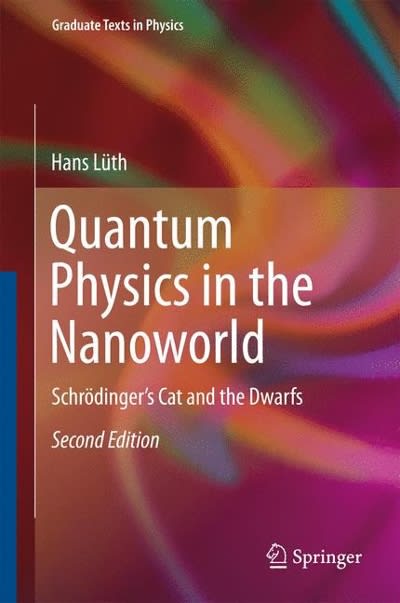Answered step by step
Verified Expert Solution
Question
1 Approved Answer
12. [-/2 Points] DETAILS SERPSE10 9.5.OP.019. 0/6 Submissions Used MY NOTES ASK YOUR TEACHER An object of mass 3.08 kg, moving with an initial velocity

Step by Step Solution
There are 3 Steps involved in it
Step: 1

Get Instant Access to Expert-Tailored Solutions
See step-by-step solutions with expert insights and AI powered tools for academic success
Step: 2

Step: 3

Ace Your Homework with AI
Get the answers you need in no time with our AI-driven, step-by-step assistance
Get Started


